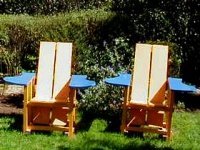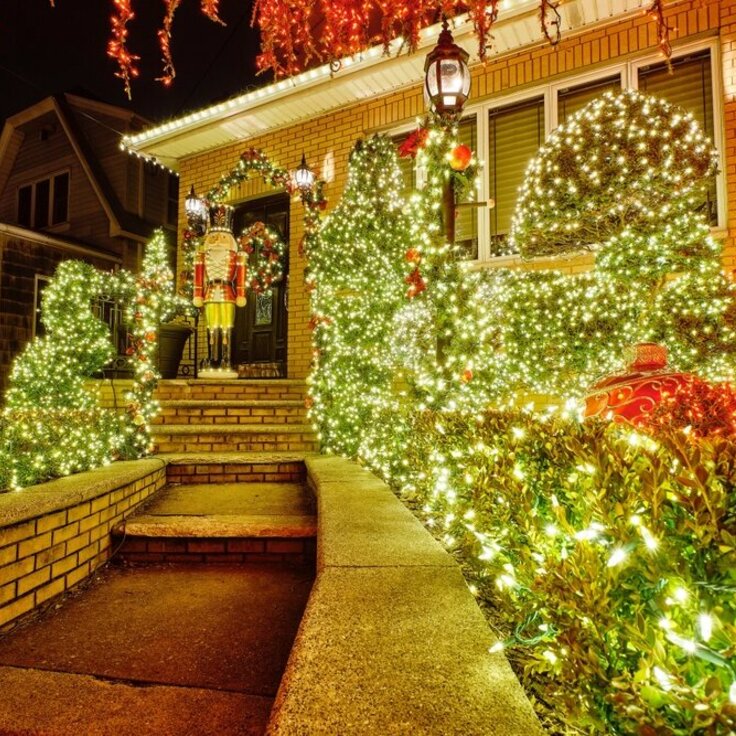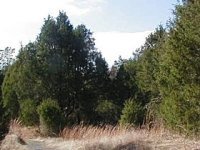Grow Shade with Woody Vines
When we venture outdoors on a summer afternoon in our region, it doesn't take long before we're looking for a shady spot to get away from the blazing sun. Trees are our primary shade providers, but it can take a long time to grow a tree large enough to shade a patio or other such outdoor area.
Annual and perennial vines are wonderful but they do take some time during the growing season to reach adequate stature to provide considerable shade. Woody vines may be just the thing to cover an arbor or vertical structure in a few seasons, thereby providing years of beauty and the bonus of summer shade. Woody vines are also great as specimen plants on a tall post or arbor.
Here are a few of the many great woody vines for your southern garden:
Coral honeysuckle (Lonicera sempervirens) - This dainty grower is too mannered to fill a large arbor but well suited to a post, vertical structure, or railing. It forms clusters of tubular, coral flowers. A yellow form also is available. Other well-mannered honeysuckle species worth growing include the varieties 'Pam's Pink' and 'Gold Flame.' Full sun to part shade.
Crossvine (Bignonia capreolata) - The native form sports rusty brown-red to yellow blooms. The dazzling variety 'Tangerine Beauty' is a showstopper with its tangerine to coral blooms. It blooms profusely in spring and sparsely later in the season. Full sun to part shade.
Trumpet creeper (Campsis radicans) - The "wild" version is often cursed as a rampant weedy vine. Newer cultivars like "Madame Galen" and "Georgia" offer larger blooms and have a place as a strong vine for a large arbor or to cover the expanse of a western wall. Full sun to part shade.
Wisteria (Wisteria spp.) - American wisteria (Wisteria frutescens) and Kentucky wisteria (W. macrostachya), both natives to the southeastern U.S., bear long cascades of blue to purple flowers in late spring and early summer. The Japanese and Chinese wisterias (W. floribunda and W. sinensis, respectively) are also draped with long, fragrant flower clusters, blooming earlier than the native species. They are undeniably showy; however, they are considered invasive in some areas of the the Southeast and Mid-Atlantic states, making the natives a better choice for our region. Looks great trained along the top of a fence and cut back heavily each winter. Also outstanding for the side walls and ceiling of a large sturdy trellis. Full sun to part shade.
Carolina jessamine (Gelsemium sempervirens) - This evergreen vine that puts on spring show of trumpet-shaped yellow blooms. Great for a post or vertical lattice-type outdoor wall. All parts of the plant are poisonous. Full sun to part shade.
Lady Banks rose (Rosa banksiae) - Long, arching, thornless canes bear yellow blooms in spring. Needs lots of room and a sturdy trellis support to do its thing. A lightly fragrant, white blooming form is also available. Full sun.
Butterfly vine (Stigmaphyllum periplocaefolium) - Semi-deciduous vine named after the butterfly-shaped seed pods that form after the yellow clusters of flowers drop. Although listed as a woody for the warmer parts of our region, in the colder parts of the south it may be better considered a perennial vine as it will freeze to the ground and return in the spring. Full sun.
Woody vines can be beautiful and practical too. They give us a break from the summer sun and can also help screen an unsightly view. Consider adding a woody vine to your landscape to turn a hot outdoor sitting area into a nice spot for a respite from summer gardening activities.
Read more from the National Gardening Association.








